Growing Awareness of Slip Hazards
The increasing awareness of slip hazards in various environments appears to be a primary driver for the Slip Resistant Shoes Market. Organizations across sectors such as hospitality, healthcare, and manufacturing are prioritizing safety measures to mitigate workplace accidents. According to recent data, slips and falls account for a significant percentage of workplace injuries, prompting employers to invest in slip-resistant footwear. This trend is likely to continue as safety regulations become more stringent, compelling businesses to adopt protective measures. Consequently, the demand for slip-resistant shoes is expected to rise, as companies seek to enhance employee safety and reduce liability. The Slip Resistant Shoes Market is thus positioned to benefit from this heightened focus on safety, with manufacturers responding by developing innovative designs that meet the evolving needs of various industries.
Regulatory Compliance and Standards
Regulatory compliance and standards play a crucial role in shaping the Slip Resistant Shoes Market. Various regions have established guidelines that mandate the use of slip-resistant footwear in specific work environments, particularly those with high slip and fall risks. These regulations compel employers to ensure that their workforce is equipped with appropriate safety gear, including slip-resistant shoes. As a result, the market is likely to experience growth driven by the need for compliance with safety standards. Furthermore, organizations that fail to adhere to these regulations may face legal repercussions, further incentivizing the adoption of slip-resistant footwear. The Slip Resistant Shoes Market is thus expected to expand as businesses prioritize compliance and invest in high-quality footwear that meets regulatory requirements.
Rising Consumer Health Consciousness
Rising consumer health consciousness is emerging as a significant driver for the Slip Resistant Shoes Market. As individuals become more aware of the importance of maintaining physical health and preventing injuries, there is a growing demand for footwear that supports these objectives. Slip-resistant shoes are increasingly recognized for their role in preventing falls and promoting overall well-being, particularly among older adults and individuals with mobility challenges. Market data suggests that the aging population is contributing to this trend, as older consumers seek footwear that enhances safety and stability. Consequently, the Slip Resistant Shoes Market is likely to benefit from this shift in consumer behavior, with manufacturers focusing on creating products that cater to health-conscious individuals seeking both safety and style.
Expansion of Retail Channels and E-commerce
The expansion of retail channels and e-commerce is significantly impacting the Slip Resistant Shoes Market. With the rise of online shopping, consumers now have greater access to a wide variety of slip-resistant footwear options. E-commerce platforms enable manufacturers to reach a broader audience, facilitating the growth of the market. Additionally, brick-and-mortar retailers are increasingly dedicating space to safety footwear, responding to consumer demand for specialized products. This trend is likely to continue as more consumers prioritize convenience and variety in their shopping experiences. The Slip Resistant Shoes Market stands to gain from this expansion, as increased availability and accessibility of products may lead to higher sales volumes and enhanced brand visibility.
Technological Advancements in Footwear Design
Technological advancements in footwear design are significantly influencing the Slip Resistant Shoes Market. Innovations in materials and manufacturing processes have led to the development of shoes that not only provide superior slip resistance but also enhance comfort and durability. For instance, the integration of specialized rubber compounds and tread patterns has improved traction on various surfaces. Market data indicates that the demand for technologically advanced footwear is on the rise, as consumers increasingly seek products that combine functionality with style. This trend is likely to drive competition among manufacturers, encouraging them to invest in research and development. As a result, the Slip Resistant Shoes Market may witness a surge in new product offerings that cater to diverse consumer preferences, ultimately expanding market reach and consumer engagement.


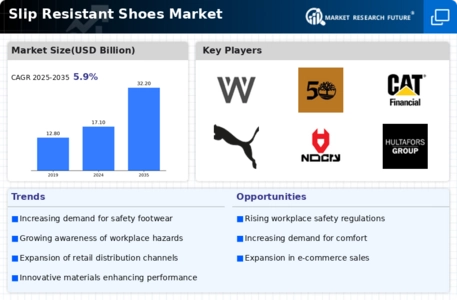
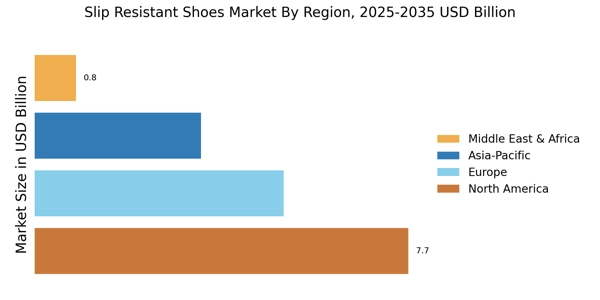

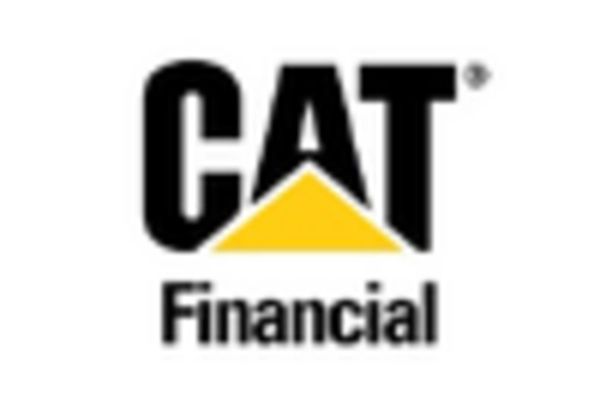
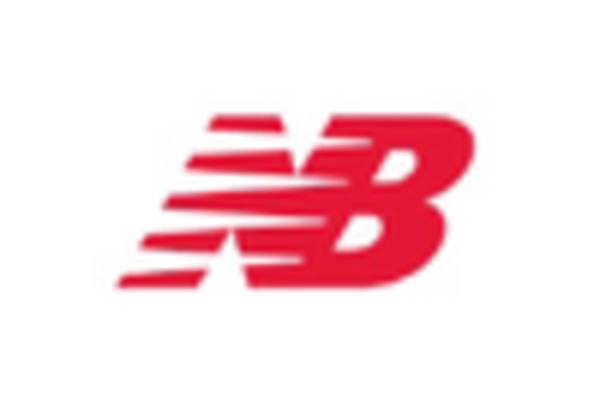


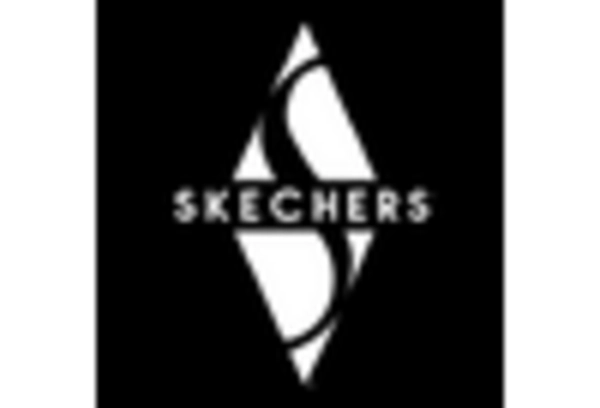








Leave a Comment